How to Wire a Generator in Your House (7 Easy Steps)

There’s nothing like the peace of mind that comes with knowing you’re prepared for a power outage. By learning how to wire a generator to your house, you’ll be ready when the lights go out.
In this guide, I’ll share my knowledge and give you the lowdown on safely connecting a generator to your home.
Key takeaways: Steps on wiring your generator.
- Step 1: Scout out the perfect spot for your generator – location is everything!
- Step 2: Pick the transfer switch that will be your perfect match.
- Step 3: Safety first, always – don’t skip on this!
- Step 4: Highlight those must-have appliances.
- Step 5: The main event time: install that transfer switch.
- Step 6: Create the ultimate connection: bridge the generator to the transfer switch.
- Step 7: Give it a test run!
I will cover all aspects of wiring your generator to your house, from selecting the right equipment and setting everything up properly to testing and maintaining your setup over time below.

Understanding the Basics
If you’re like me, the thought of a power outage leaves you cold – literally! That’s why knowing how to wire a generator to your house is important.
A generator converts mechanical energy into electrical energy for use in an external circuit. You’ll find two main types:
- Portable generators are mobile and rely on gasoline or diesel to run.
- Standby generators are permanently installed and often use propane or natural gas.
Preparing and Ensuring Safety When Wiring a Generator
Before we dive headfirst into the nitty-gritty of wiring a generator to your house, let’s take a moment to go over some essential preparation steps.
- Choose the right equipment: Your generator has to be capable enough to supply power to all necessary appliances and devices in your home during an outage.
- Always wear protective gear when working with electrical systems. That means rubber gloves, eye protection, and sturdy footwear.
- Safety First: This isn’t just about protecting your electronics from potential damage; it’s also about protecting yourself and others from harm. So here are some must-follow safety tips:
- Always follow the manufacturer’s instructions.
- Never back-feed power into your home through an outlet
- Use heavy-duty extension cords if needed
- Keep the generator dry and away from flammable materials.
- Use an appropriate gauge of wire for your generator. It’s crucial that the wire can handle the load from your generator without overheating or causing a fire risk. Here are some general guidelines:
- Up to 3,800 Watts: 12 AWG
- 3,801 – 7,600 Watts: 10 AWG
- Over 7,601 Watts: Consult a professional
- Check Local Regulations: Some areas have restrictions or requirements that must be met before you can legally connect a portable generator to your home.
- Know Your Limits: Consult a professional electrician if you’re unsure about anything during this process.
Tools and Materials
Wiring a generator in your house requires specific tools and materials. Here’s a list to get you started:
Tools:
- Multimeter: To ensure circuits aren’t live.
- Wire Strippers: For preparing wires.
- Screwdrivers: Both flathead and Phillips.
- Wrench set: For tightening connections.
- Pliers and Cable Crimper: For electrical work.
- Circuit Tester: To verify circuits are off.
- Drill and Hammer: For mounting components.
- Utility Knife: For cutting tasks.
- Flashlight: For working in dim areas.
Materials:
- Transfer Switch: Safely connects the generator.
- Wiring/Cables: Suited to the generator’s output.
- Electrical Box: If needed, for connections.
- Circuit Breakers: Matched to power rating.
- Power Cord: Connects generator to switch.
- Conduit: Protects exposed wires.
- Grounding Rods and Wire: For safety.
- Connectors: Wire nuts or terminal connectors.
- Labels: For marking connections and switches.
Setting Up a Generator for Your Home
Getting down to business, let’s talk about how to wire a generator to your house.

Step 1: Location, Location, Location!
- First things first, find the perfect spot! You want your generator outside, at least 5-10 feet from any windows, doors, and vents. Trust me, carbon monoxide and homes? They don’t mix. Always think about safety!

Step 2: Choose the right transfer switch
This little guy is essential – it keeps your generator from sending power back into the grid. Installing a transfer switch involves connecting it directly to your home’s electrical system.
Choosing the right transfer switch is crucial. Usually, these come in two types: manual and automatic.
- Manual Switch: This is cheaper, but they require you to flip a switch when the power goes out physically.
- Automatic Switch: Kick in by themselves once they sense a power outage. Make sure you pick one that aligns with your needs and budget.

Step 3: Safety Comes First
Always shut off the main circuit breaker before starting any wiring work.

Step 4: Determine your essential appliances
Decide which gadgets and circuits get VIP access to your trusty generator. So, jot down your top picks, and let’s set up for the next blackout bash!
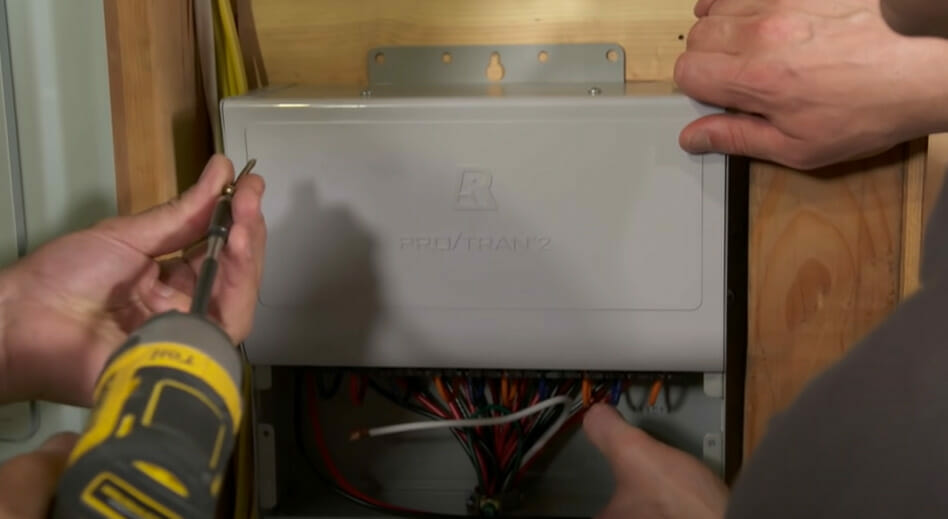
Step 5: Install a Transfer Switch
- Mount the transfer switch next to your home’s electrical panel.
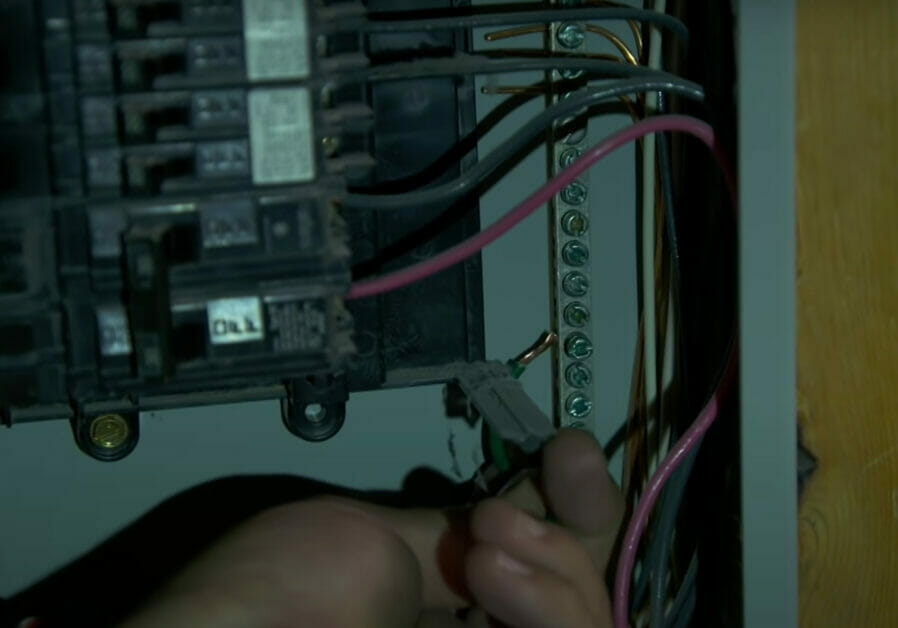
- Ground that bad boy! A bolt on your generator is usually begging for a grounding wire (green). Make sure it’s securely connected to a grounding rod. Zap!
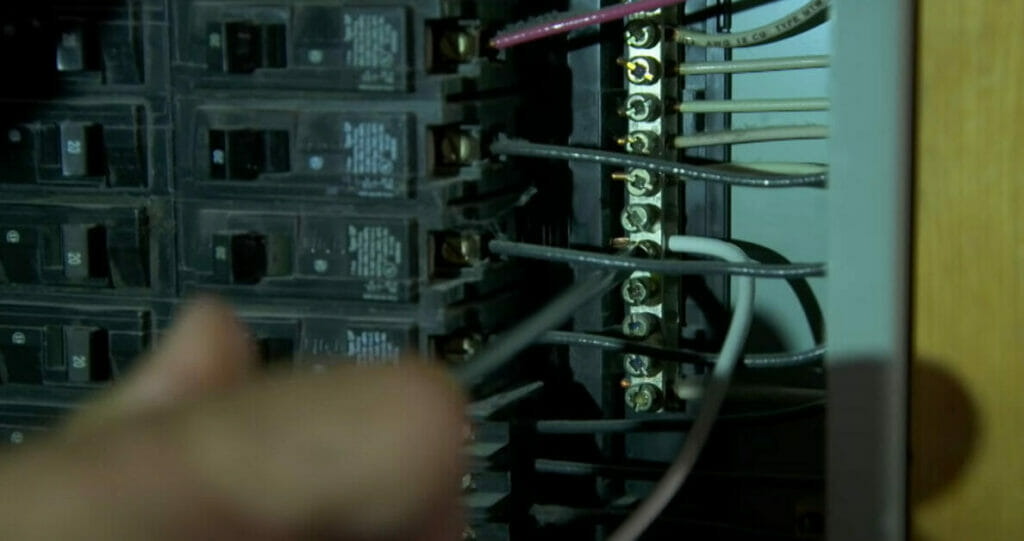
- Locate an open screw slot on the neutral bus bar. Insert the stripped end of the neutral wire under the screw, and tighten it securely.
- Repeat this for all 10 circuits we have.
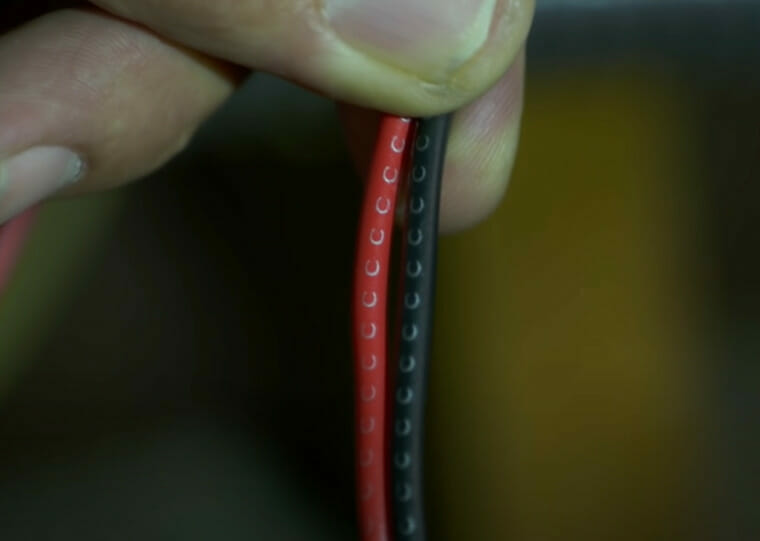
- Each circuit has its own pair: a fiery red and a sleek black, all neatly labeled.
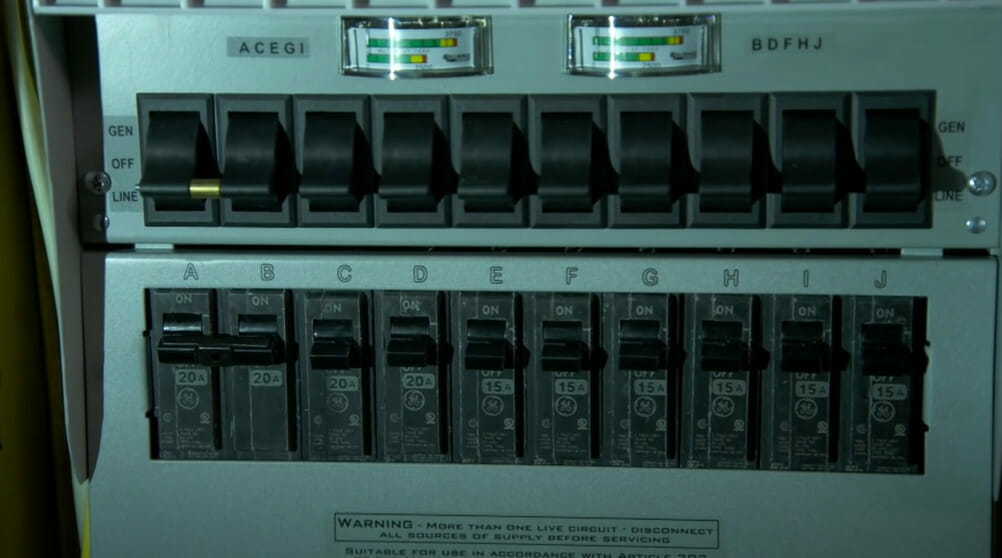
- Now, keep your eyes peeled for those letters on the breakers. Your mission? Pair up each wire with its matching letter. Think of it as a fun little puzzle, and let’s get to it!
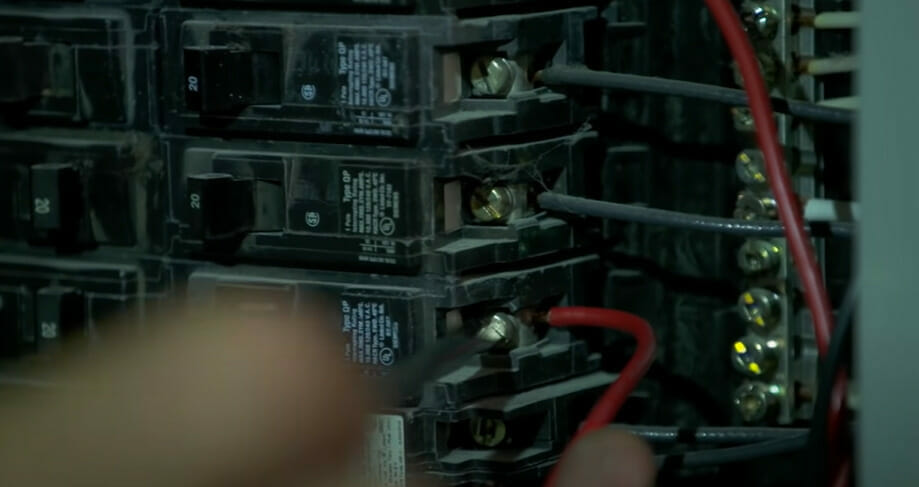
- Find that wire powering the upstairs lights and gadgets, and let’s give it a break. Replace it with our shiny new red wire straight from the transfer switch.

- Our sleek black wire from the transfer switch will be spliced into the power wire we just benched from the circuit breaker.

Step 6: Connect the Generator to the Transfer Switch
Grab that heavy-duty cable – and trust me, it’s built to handle the limelight. This bad boy is between our generator and a specific, reserved plug-in spot on the transfer switch.

Step 7: Test the Set-Up
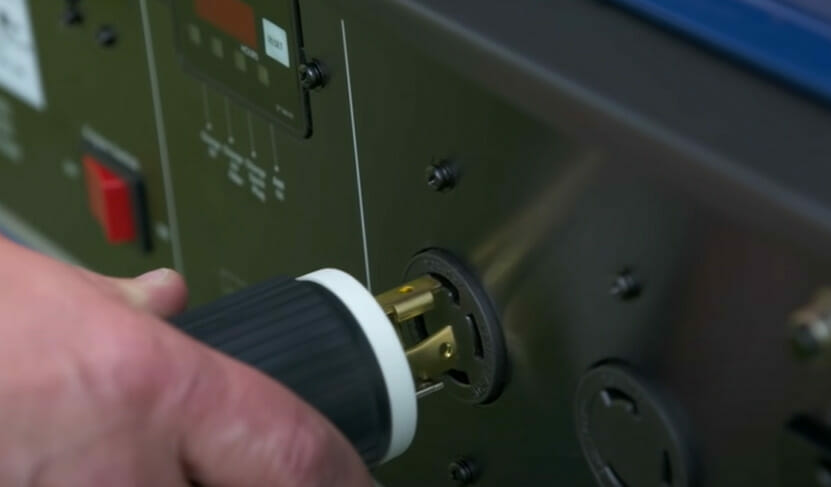
- Connect the cable to the generator ’til it clicks.
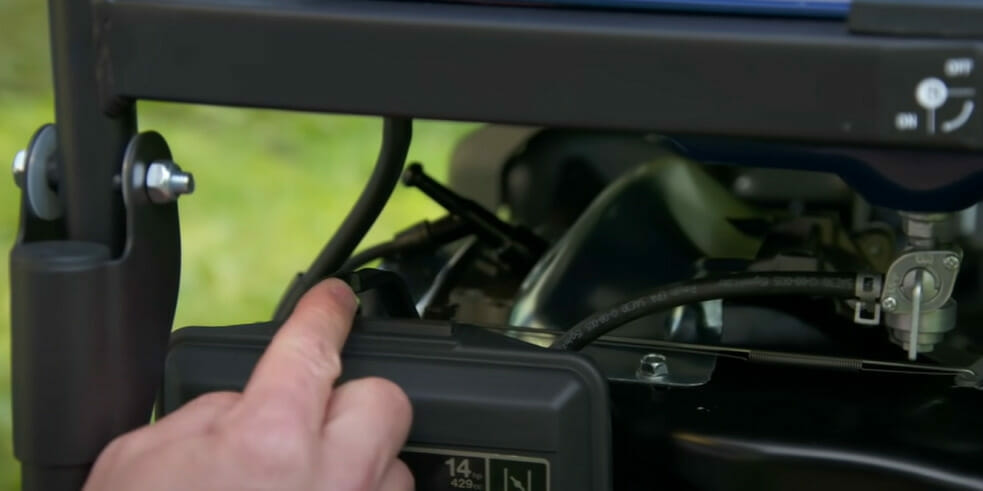
- Turn off all individual circuits, then turn on your generator and allow time to stabilize before flipping those circuits back one at a time.
Investment Breakdown: Mapping Out Your Generator Setup Costs
You might wonder about the investment it’ll take to get everything up and running. Don’t fret! I’ve laid out an estimated breakdown of costs to help you plan ahead. Let’s take a look:
| Item/Service | Estimated Cost ($) |
|---|---|
| Generator Unit (Portable or Standby) | 500 – 3,000 |
| Transfer Switch | 100 – 500 |
| Professional Installation (if required) | 500 – 2,000 |
| Wiring/Cables | 50 – 200 |
| Electrical Box (if needed) | 20 – 50 |
| Circuit Breakers | 30 – 100 |
| Power Cord | 20 – 60 |
| Conduit | 10 – 40 |
| Grounding Rods and Wire | 20 – 60 |
| Connectors and Labels | 10 – 40 |
| Maintenance Materials (oil, filters, etc.) | 20 – 80 |
| Permits (varies by locality) | 50 – 200 |
| Total Estimated Cost | 1,280 – 6,330 |
Note: Prices are estimates and can vary based on the specific model, brand, and region.
 Maintenance and Best Practices
Maintenance and Best Practices
If you’re like me and have a generator wired to your house, you know it’s not merely about the installation process.
It’s equally crucial to keep up with regular maintenance and follow best practices to ensure its longevity.
| Maintenance Type | Task | Details |
|---|---|---|
| Daily Checks | Fuel Level | Ensure the generator has an adequate fuel level for operation. |
| Oil Level | Check the oil level; top up if necessary. | |
| Monthly Checks | General Inspection | Look for any signs of wear and tear or loose connections that could cause problems. |
| Battery | Ensure battery connections are tight and free from corrosion. Check battery charge and consider charging if it’s low. | |
| Fuel Filter | Check the coolant level and top up or replace it if necessary. | |
| Yearly Checks | Spark Plugs | Inspect and clean or replace spark plugs. |
| Oil Change | Depending on the frequency of use, conduct a yearly oil change. | |
| Air Filter | Clean or replace to ensure optimal airflow. | |
| Coolant | Check the coolant level and top up or replace if necessary. |
Common Mistakes to Avoid
Let’s dive into the common mistakes folks often make when wiring a generator to their house. It’s crucial to be aware of these potential pitfalls before you start your project.
- Skipping the installation of a transfer switch: A transfer switch safely connects the generator to your circuit panel, preventing potentially hazardous backfeed.
- Choosing the Wrong Generator Size and Capacity: Your generator must have enough juice to power all necessary appliances in case of an outage. An overloading generator can lead to it overheating and failing prematurely.
- Ignoring local code requirements: Each area has rules about generator installation, so you must be up-to-speed on what’s required in your locality.
- Not grounding the generator: This could pose serious safety risks.
- Using inappropriate cord: Undersized or worn-out cords can overheat and cause fires.
- Placing generators indoors: Generators emit carbon monoxide, which needs proper ventilation; hence, they should always be outdoors.
- Forgetting regular maintenance: Regular oil changes, filter replacements, etc., keep your machine running smoothly for long.
Frequently Asked Questions
How often should I run my generator if I’m not using it?
- It’s a good practice to run your generator for about 30 minutes monthly to keep the engine parts lubricated.
Is it safe to run my generator in the rain?
- Generators should be kept dry. If rain is expected, ensure your generator is under a canopy or other protective covering, but ensure it’s well-ventilated.
What type of generator is best for home use?
- While portable generators are less expensive and can be moved to different locations, standby generators offer more power and turn on automatically during power outages. Your choice depends on your budget and needs.
How often should I run my generator?
- Running your generator at least once a month for about 30 minutes is recommended to keep it in good working order.
Can I install a generator myself?
- While some homeowners with electrical experience may feel confident doing so, it’s always best to consult or hire a professional to ensure safe and proper installation.
How much fuel will my generator use?
- Fuel consumption depends on the generator’s size, load, and fuel type. Always refer to the manufacturer’s guidelines for specific consumption rates.
Can I plug my generator directly into a wall outlet?
- No, this is called “back feeding” and is very dangerous. Always use a transfer switch to connect your generator to your home’s electrical system safely.
How far should the generator be from my house?
- Typically, generators should be at least 5-10 feet away from windows, doors, and vents to prevent carbon monoxide from entering the home.
What should I do if my generator doesn’t start?
- Check the fuel and oil levels, and ensure the spark plug is in good condition. If there are no visible issues, consult the owner’s manual or call a professional.
Do I need to ground my portable generator?
- Yes, it’s crucial for safety. Most portable generators will have a grounding bolt to attach a grounding wire.
Can I run my generator in my garage or shed?
- No, even with doors and windows open, spaces like garages can trap carbon monoxide. It’s essential to operate your generator outdoors in a well-ventilated area.
How do I determine the size/capacity of the generator I need?
- Create a list of all the appliances and devices you need to power during an outage and tally up their total wattage. This sum will give you an idea of the generator size you need. It’s wise to get a generator with a slightly higher capacity than your calculated total to account for surges or additional power needs.
Are there silent generators?
- While no generator is entirely silent, some models are designed to operate more quietly than others. Look for “quiet” or “inverter” generators for lower noise levels.
How long can a generator run continuously?
- It depends on the generator model and fuel capacity. Some can run for 8-12 hours, while larger models with bigger fuel tanks can run longer. Always refer to the manufacturer’s guidelines.
What maintenance does a generator require?
- Regular maintenance includes checking and changing the oil, inspecting spark plugs, checking the air filter, and ensuring the fuel is fresh. Maintenance schedules can vary, so consult the owner’s manual.
References
Website Resources:
- The Family Handyman – https://www.familyhandyman.com/
- Electrical Safety Foundation International – https://www.esfi.org/
Video Resources:
This Old House
Hometown Acres
